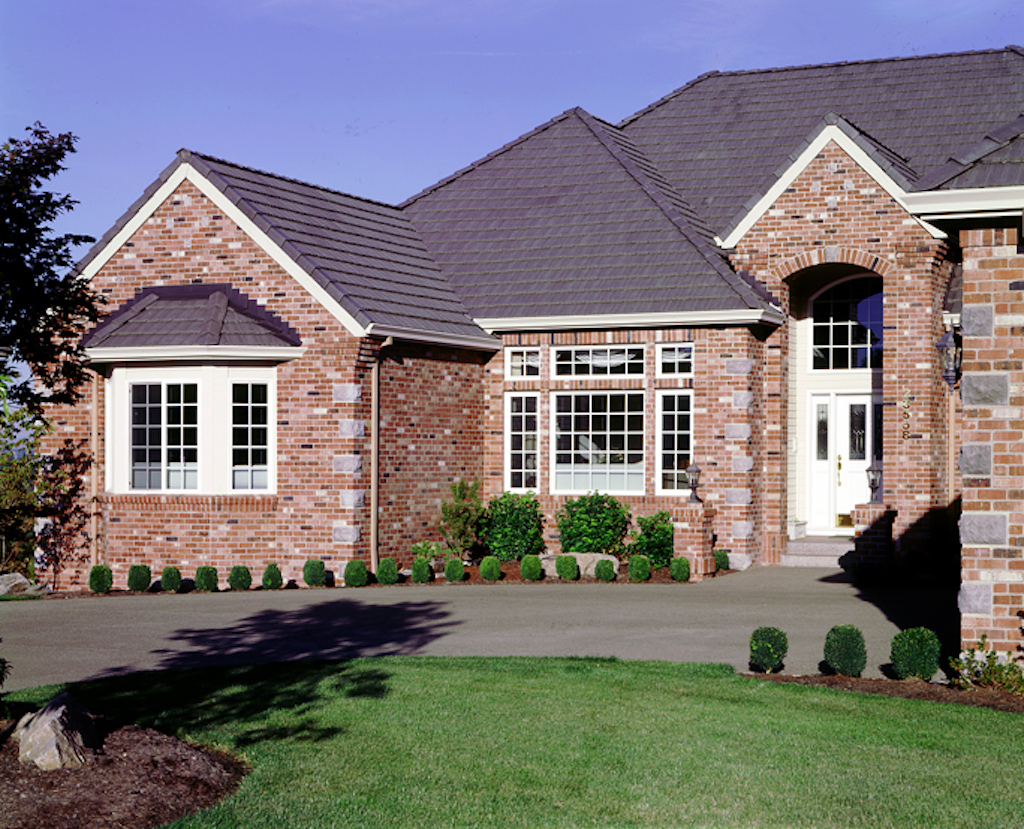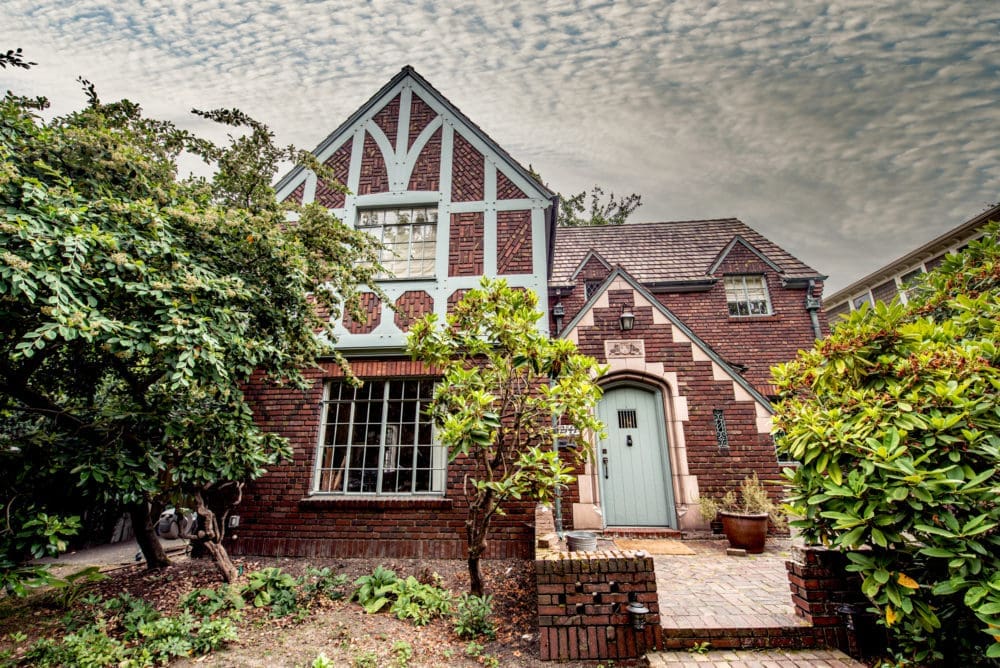When it comes to a durable, attractive, earth friendly building material, nothing beats brick. Brick buildings can stand the test of time and still look as good as when they were first built. Brick is a building material often used in masonry construction and for building exteriors. Traditionally made from clay, it has advanced to suit the current trends of modern homes. Bricks are produced in different types, sizes, and materials, from sand and lime to clay-bearing soil and concrete materials.
Durable
Brick exteriors are able to withstand natural elements like water, rain, great wind speeds, and flying debris better than wood. They are also noncombustible which can help contain a fire to a particular room until it is put out, quite different from wood materials that easily catch fire. Insurers charge less for brick buildings due to their durability and the noncombustible nature of the materials. A brick home lasts longer than concrete and is more durable than wood.
While wood has many benefits, it is not as reliable as using brick. Wood has a tendency of attracting different types of pests and may require treatment. Termites or other insects are not a threat to brick or concrete. Mold can also affect wood, causing extensive damage leading to unnecessary repairs.
If you like the look of climbing ivy, keep in mind that it may look pretty but is damaging to both brick and wood. Brick can hold up to ivy better but the ivy can widen existing cracks or destroy weakened mortar. Ivy can more easily destroy wood by getting in between the boards and harboring insects that cause damage.
Low Maintenance
A brick house requires little to no upkeep over its lifetime; it can be swept or washed with a pressure washer when dirty. Individual bricks can be removed and replaced as necessary, making repairs much less expensive than for wood or concrete construction. Brick colors stay vibrant for years, so there’s no need to paint or coat them, further reducing the lifetime cost of maintenance. Since pests are not a concern with brick, you do not have to worry about pest control or extermination.
Brick absorbs humidity and moisture better than any other building material, minimizing the chances of mold, mildew, and dust mites.
Energy Efficient
Brick walls help stabilize the temperature of buildings when paired with proper building insulation. Bricks delays heat movement, keeping it out during the summer and in during the winter. This saves money on building heating and cooling bills, saves energy, and reduces carbon output.
Bricks can help heat your house by way of a principal called a “heat sink.” The mass of a brick wall collects heat and holds it in during the day until it’s released at night to heat your home. Bricks are great to use with natural ventilation systems or passive house designs.

Aesthetically Appealing
Bricks come in a wide variety of colors, textures, and shapes, allowing for an almost infinite variety of looks. No matter what style your home is, there is a brick to match it. They fit in with any design or decor. Wood provides a similar look across all styles with less variety. Concrete can be used to create blocks similar to bricks for a comparable look, however, they aren’t as durable, often cracking or chipping.
Every brick is completely unique, providing a one-of-a-kind look to any building or structure. From long to short to planks, there’s a brick of every size and for every look. You can even order them in custom colors and finishes to get just the look you want.
Eco-friendly
One of the primary ingredients of bricks is clay, which is an abundant natural resource. Humans like to be surrounded by natural materials, as we learned in our article about biophilia. Using more natural resources for our building structures reduces the amount of chemicals and other harmful ingredients that we have to use. Bricks have no chemical additives and do not contain any harmful materials.
Brick is recyclable and reusable. It can be salvaged, cleaned, and used in another building, ground up and used as filler material for soil, or repurposed for landscaping or paths. Either way, not many bricks make it to the landfill, which helps the environment and reduces your carbon footprint.
Why Brick?
When choosing a building or construction material for installation, you can’t go wrong with brick. Brick is durable, requires very little maintenance, improves energy efficiency, offers great aesthetic appeal, and is eco-friendly. Not only can brick be used as a building material, but it also makes for great decoration and accent building. Compared to wood and concrete, brick is the clear option.
Contact your local Mutual Materials branch for more information on how brick can help you with your project today!


